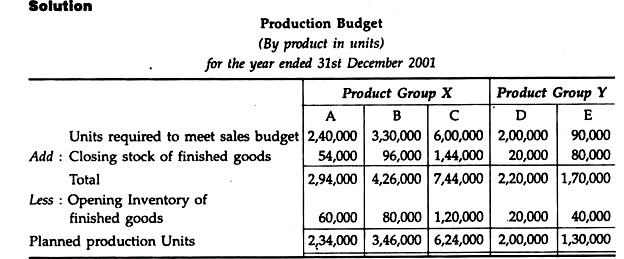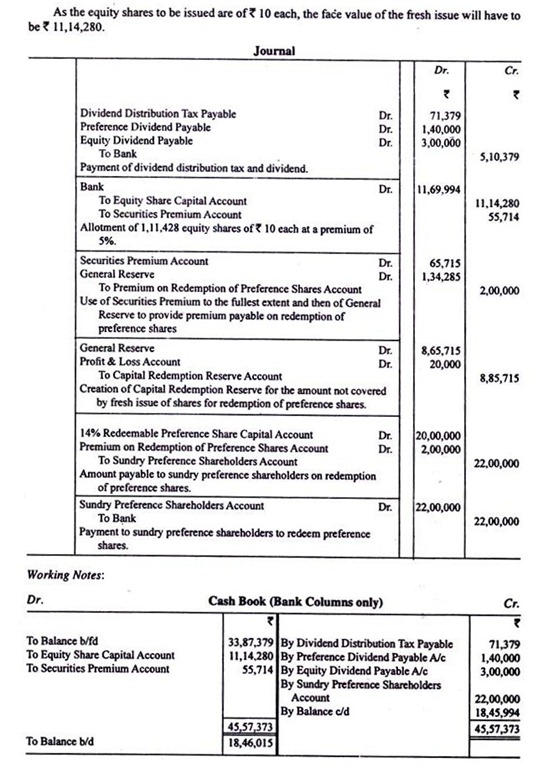Read this article to learn about the meaning and concept of accounting equation.
Meaning of Accounting Equation:
Accounting equation is a tool, with which equality of debits and credits can be ascertained. Accounting Equations are also known as Balance Sheet Equations since all the components of Balance Sheet are depicted in them. It has two sides viz. ‘Left Side’ and ‘Right Side’. Liabilities and Owner’s Equities are to be shown on the right side of the equation. Assets, however, are to be shown on the left side.
The Concept of Accounting Equation:
The concept of accounting equation can be easily understood in the context of Balance (an instrument for weighing). A balance has two dishes which are equally balanced. Suppose, we put some items on one dish. To equalize both the dishes, we have to put some items of same weight on the other side. Similarly, if we remove some items from any of the dish, then to equalize both the dishes we have to remove some items of equal weight from the other dish.
Like a Balance, an accounting equation also has two sides. One side is called ‘Assets Side’ and the other side is called ‘Equities Side’. Both the sides must have equal value of assets and liabilities. In other words, assets side consists of values of different types of assets which must be equal to equities side containing values of different types of equities viz. liabilities and capital (i.e., total claims on the business). In this context, it is worth mentioning here that we are talking about the values of assets and equities in monetary terms only.
ADVERTISEMENTS:
The accounting equation can be presented in any of the following forms:
Assets (A) = Liabilities (L) + Owner’s Equity (E)
or
ADVERTISEMENTS:
Assets – Liabilities = Owner’s Equity (E) or Capital (C)
or
Assets – Capital = Liabilities
Illustration 1: (Preparation of accounting equation)
ADVERTISEMENTS:
From the following transaction, prepare an accounting equation:



























